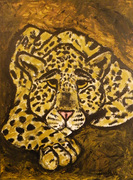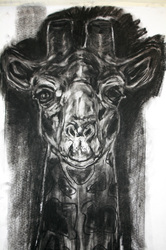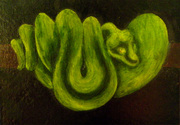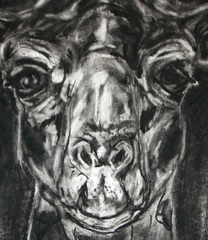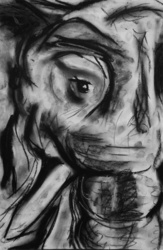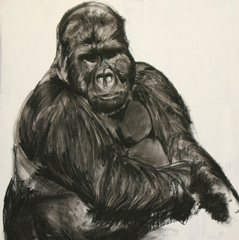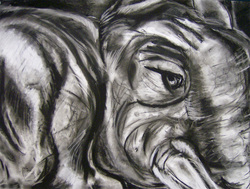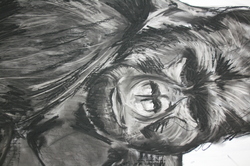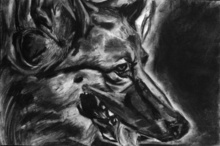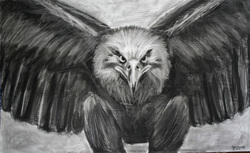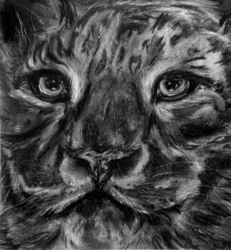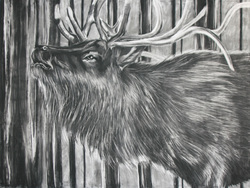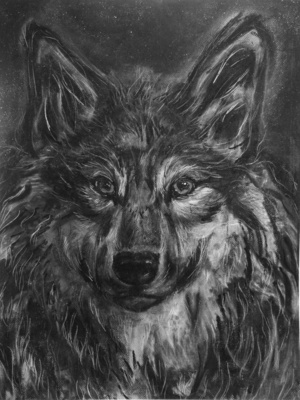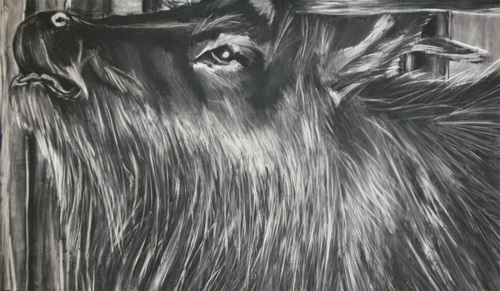AP Portfolios
Inquiry-Based Learning
Inquiry-based learning in art begins with a student's interest or preference for subject matter and/or medium. This is how we tap into the intrapersonal, intrinsic motivation to grow and develop. AP Art and Design portfolio classes prepare students for submitting 15 digital images and 5 actual pieces to the College Board of Regents. The images and pieces are submitted in May each year. Students who score 3/5 are proficient and receive college credit which can be used to opt out of introductory art classes or as electives. But more importantly, they learn how to engage their strengths to achieve personal goals.
